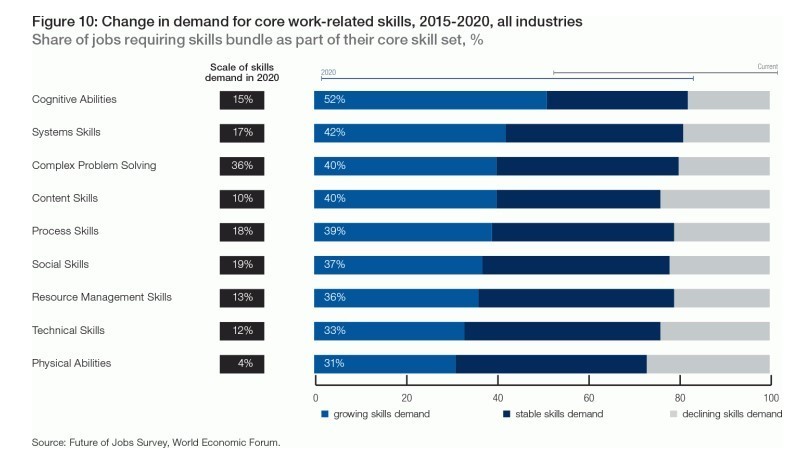Global Workforce Statistics 2025: Unlocking The Future Of Work
Global Workforce Statistics 2025: Unlocking the Future of Work
Related Articles: Global Workforce Statistics 2025: Unlocking the Future of Work
- 2025 Verdugo Place: A Luxurious Estate In The Heart Of Fullerton
- Audi Q5 2018 Vs 2025: A Comprehensive Comparison
- Should I Fix Energy Prices Until 2024?
- 2025 Diversity Visa Lottery: Registration And Eligibility
- Ramadan 2025: A Time For Spiritual Renewal And Community
Introduction
With great pleasure, we will explore the intriguing topic related to Global Workforce Statistics 2025: Unlocking the Future of Work. Let’s weave interesting information and offer fresh perspectives to the readers.
Table of Content
- 1 Related Articles: Global Workforce Statistics 2025: Unlocking the Future of Work
- 2 Introduction
- 3 Video about Global Workforce Statistics 2025: Unlocking the Future of Work
- 4 Closure
Video about Global Workforce Statistics 2025: Unlocking the Future of Work
Global Workforce Statistics 2025: Unlocking the Future of Work
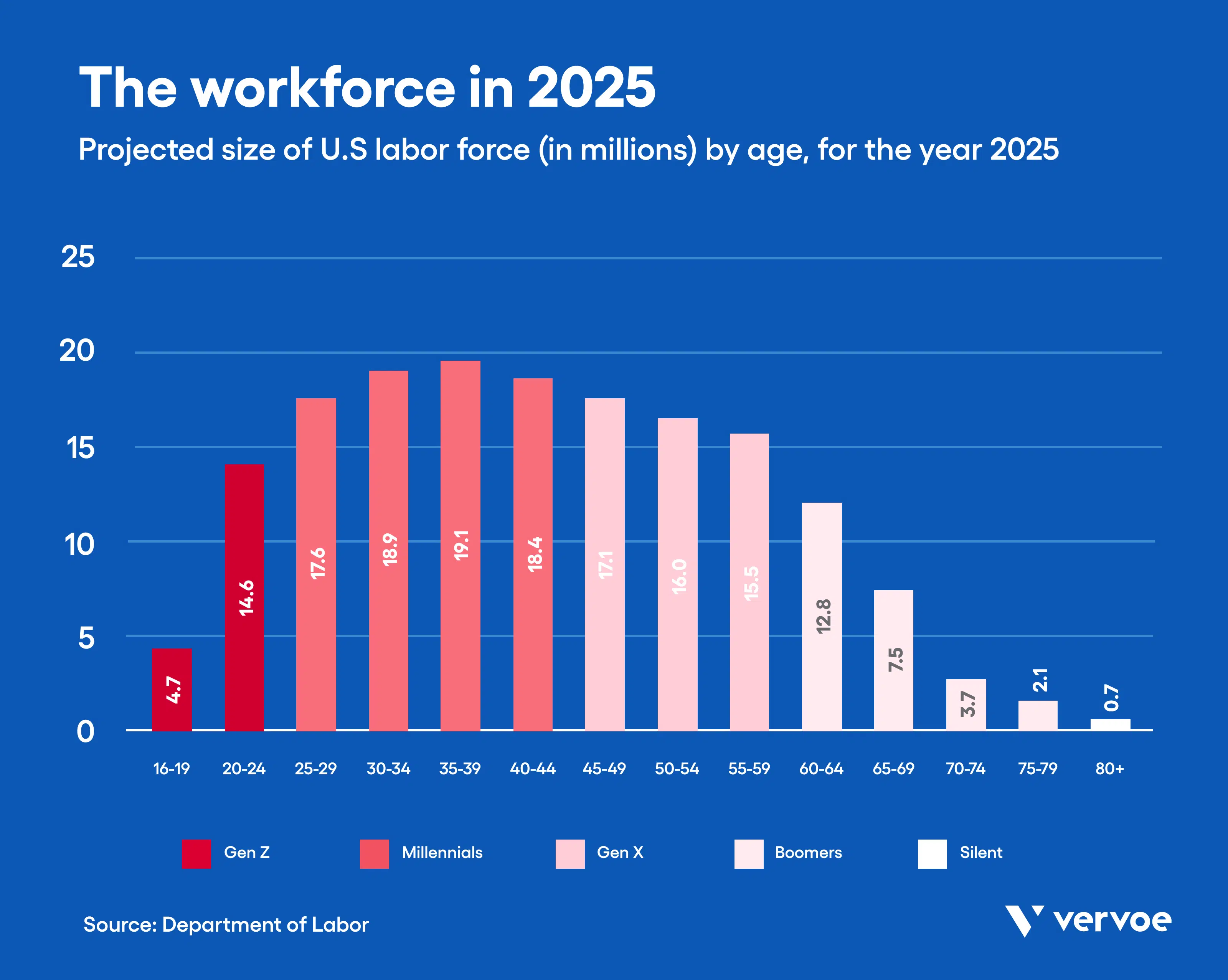
The global workforce is undergoing a transformative shift, driven by technological advancements, demographic changes, and economic globalization. As we approach 2025, it is imperative to understand the evolving landscape of the workforce and its implications for businesses, governments, and individuals. This article presents a comprehensive analysis of global workforce statistics, highlighting key trends and projections for the years to come.
1. Global Workforce Size and Growth
The global workforce is expected to reach 3.6 billion by 2025, representing a steady growth rate of 1.2% per annum. However, this growth will be unevenly distributed, with emerging economies contributing significantly to the overall increase.
2. Demographic Shifts
The workforce is aging globally, with the median age projected to rise to 41.7 years by 2025. This demographic shift will have a profound impact on labor markets, as older workers face challenges such as ageism and skills obsolescence.
3. Education and Skills
The demand for highly skilled workers is expected to continue to rise in the coming years. By 2025, it is estimated that 57% of the global workforce will require post-secondary education. This will necessitate investments in education and training programs to bridge the skills gap.
4. Labor Market Flexibility
The rise of the gig economy and remote work is increasing labor market flexibility. By 2025, it is projected that over 40% of the workforce will be engaged in freelance or contingent work arrangements. This trend will reshape traditional employment models and require businesses to adapt to a more flexible workforce.
5. Technological Impact
Technological advancements are automating tasks and creating new jobs simultaneously. By 2025, it is estimated that 12% of the global workforce will be employed in AI-related occupations. This will require workers to adapt to new technologies and develop digital skills.
6. Gender Equality
The gender gap in the workforce is gradually narrowing, but significant disparities remain. By 2025, it is projected that women will account for 43% of the global workforce, up from 40% in 2020. However, women continue to face barriers to career advancement and equal pay.
7. Migration
International migration is a key factor shaping the global workforce. By 2025, it is estimated that there will be 281 million international migrants, contributing to labor force growth and diversity in destination countries.
8. Sustainability
Sustainability is becoming an increasingly important consideration for businesses and governments. By 2025, it is projected that 1.8 billion workers will be employed in green industries, such as renewable energy and sustainable agriculture.
Implications for Businesses, Governments, and Individuals
The evolving global workforce presents both challenges and opportunities for businesses, governments, and individuals. Here are some key implications:
For Businesses:
- Embrace technology: Leverage technology to automate tasks, enhance productivity, and create new job opportunities.
- Invest in skills development: Provide training programs to upskill the workforce and bridge the skills gap.
- Foster diversity and inclusion: Create inclusive workplaces that attract and retain a diverse workforce.
- Promote flexible work arrangements: Offer flexible work options to accommodate the changing needs of employees.
For Governments:
- Invest in education and training: Fund programs that provide workers with the skills needed for the future of work.
- Promote gender equality: Implement policies that address gender disparities in the workforce.
- Manage migration: Develop policies that facilitate the movement of skilled workers and protect migrant workers’ rights.
- Promote sustainability: Support the growth of green industries and provide incentives for businesses to adopt sustainable practices.
For Individuals:
- Develop digital skills: Invest in learning new technologies and digital skills to remain competitive in the job market.
- Embrace lifelong learning: Continuously update knowledge and skills to adapt to the changing demands of the workplace.
- Explore flexible work options: Consider freelance or remote work arrangements to balance work and personal life.
- Pursue sustainability-oriented careers: Consider working in industries that contribute to environmental and social well-being.
Conclusion
The global workforce is undergoing a rapid transformation, driven by technological advancements, demographic changes, and economic globalization. Understanding the evolving workforce statistics is crucial for businesses, governments, and individuals to navigate the future of work successfully. By embracing technology, investing in skills development, fostering diversity and inclusion, promoting flexible work arrangements, and addressing sustainability concerns, we can create a workforce that is ready to meet the challenges and seize the opportunities of the 21st century.
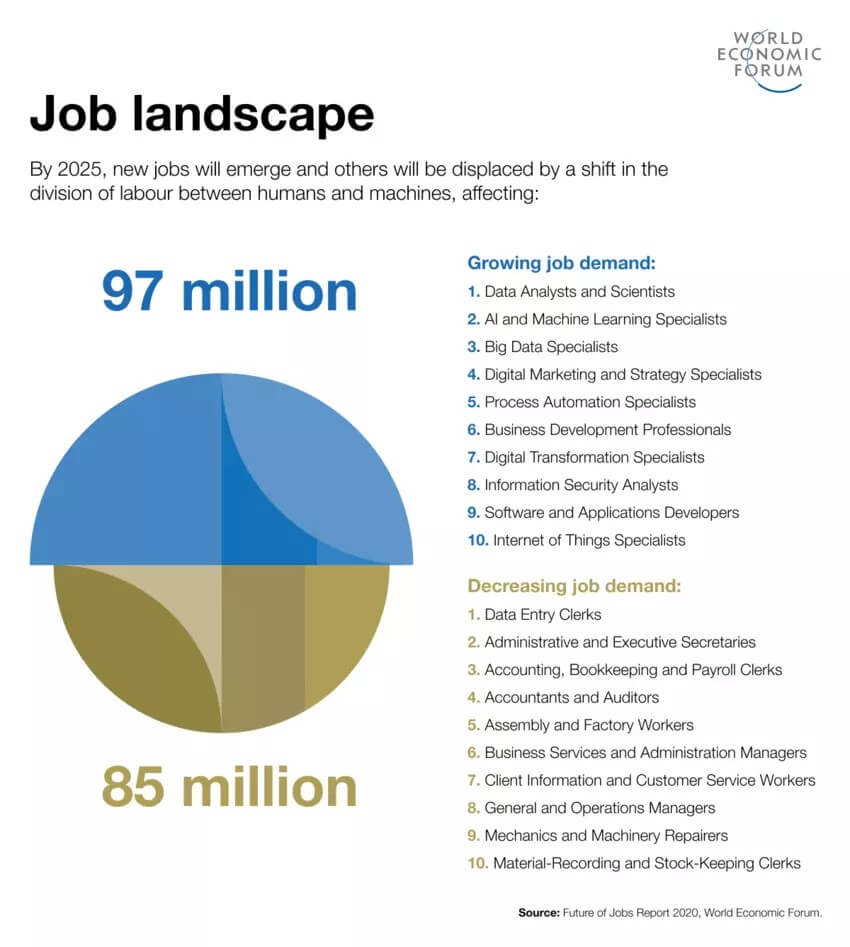

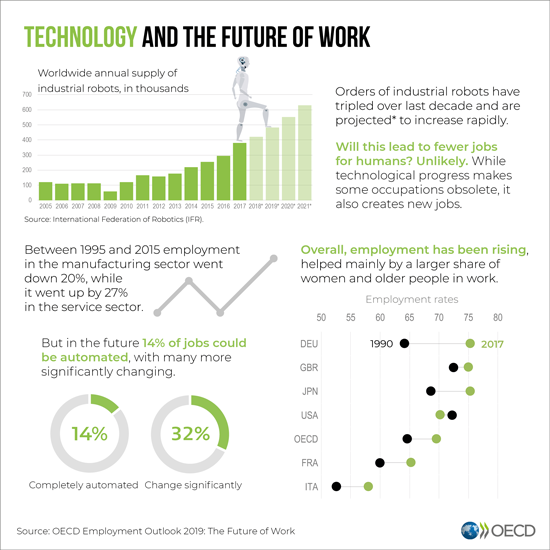
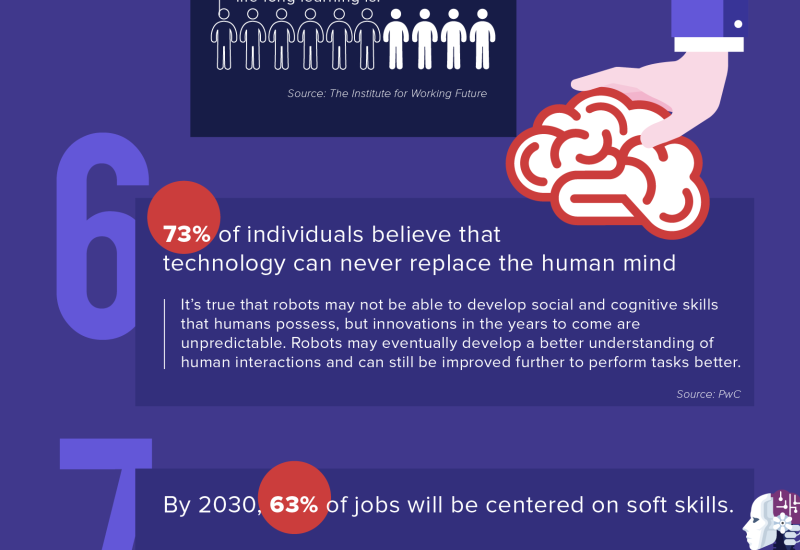



Closure
Thus, we hope this article has provided valuable insights into Global Workforce Statistics 2025: Unlocking the Future of Work. We thank you for taking the time to read this article. See you in our next article!
